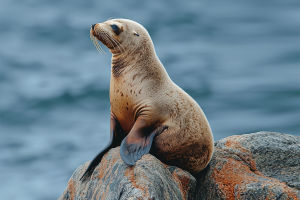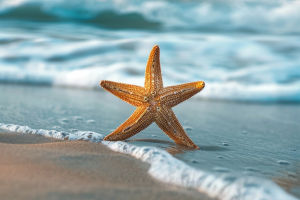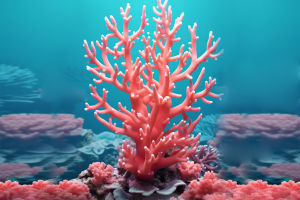Welcome, Lykkers! Let's Explore the World of Penguins! Penguins are some of the most fascinating creatures on our planet.
These adorable, tuxedo-wearing birds have captivated people for centuries with their unique behavior, impressive swimming skills, and resilience in extreme conditions. Today, let’s dive into the world of penguins and uncover their secrets!
Emperor penguin chicks jump off a 50-foot cliff in Antarctica NEVER-BEFORE-FILMED FOR TV | Nat Geo
video by National Geographic
Where Do Penguins Live?
Penguins mainly inhabit the Southern Hemisphere, with most species found in Antarctica. However, not all penguins live in freezing conditions. Some, like the Galápagos penguin, reside near the equator. Penguins have adapted to a wide range of environments, from the icy shores of the Antarctic to the rocky coasts of South America and the warm beaches of Australia and Africa.
Different Types of Penguins
There are 19 known species of penguins, ranging in size from the tiny little blue penguin, which is only about 40 cm tall, to the majestic emperor penguin, which can reach up to 130 cm in height. Emperor penguins and Adélie penguins are the only species that live exclusively in the Antarctic, while others, such as the Humboldt and Magellanic penguins, thrive in milder climates.
How Do Penguins Stay Warm?
One of the most amazing things about penguins is their ability to survive in extreme cold. Their dense feathers create a waterproof barrier, while a thick layer of blubber under the skin provides insulation. Emperor penguins, in particular, can withstand temperatures as low as -40°C by huddling together in large groups to conserve heat. This teamwork helps them endure harsh Antarctic winters.
Penguins Are Excellent Swimmers
Although penguins cannot fly, they are outstanding swimmers. Their flipper-like wings and streamlined bodies allow them to glide through the water with ease. Penguins can swim at speeds of up to 15 km/h and dive deep into the ocean to catch fish, squid, and krill. The emperor penguin holds the record for the deepest dive, reaching depths of over 500 meters!
Their Unique Walking Style
On land, penguins may seem clumsy, waddling from side to side on their short legs. However, this movement is actually energy-efficient, helping them conserve strength. In icy environments, they often slide on their bellies, using their feet to push forward—an adorable and practical way to get around.
Penguin Parenting: A Team Effort
Penguins are known for their strong parenting skills. Many species, such as emperor penguins, take turns keeping their eggs warm. The male emperor penguin will balance the egg on his feet and cover it with a flap of skin, enduring months without food while the female searches for food. Once the chick hatches, both parents share feeding and protection duties.
Threats to Penguins
Despite their resilience, penguins face many challenges. Climate change is reducing their natural habitats, while overfishing threatens their food supply. Oil spills and plastic pollution also pose serious risks. Conservation efforts are underway to protect these incredible birds and ensure their survival for future generations.
Fun Facts About Penguins
1.Penguins recognize their mates and chicks by their unique calls.
2.They have a special gland that removes salt from seawater, allowing them to drink ocean water.
3.Some penguins can hold their breath underwater for more than 20 minutes!
4.The oldest known penguin fossil dates back over 60 million years.
Let's Appreciate These Amazing Birds!
Penguins are truly remarkable creatures, from their impressive swimming skills to their strong family bonds. As we continue to learn more about them, we also have the responsibility to protect their habitats. Next time you see a penguin, whether in the wild or at a sanctuary, take a moment to appreciate just how incredible these birds are.
What surprised you the most about penguins? Let’s chat in the comments!


